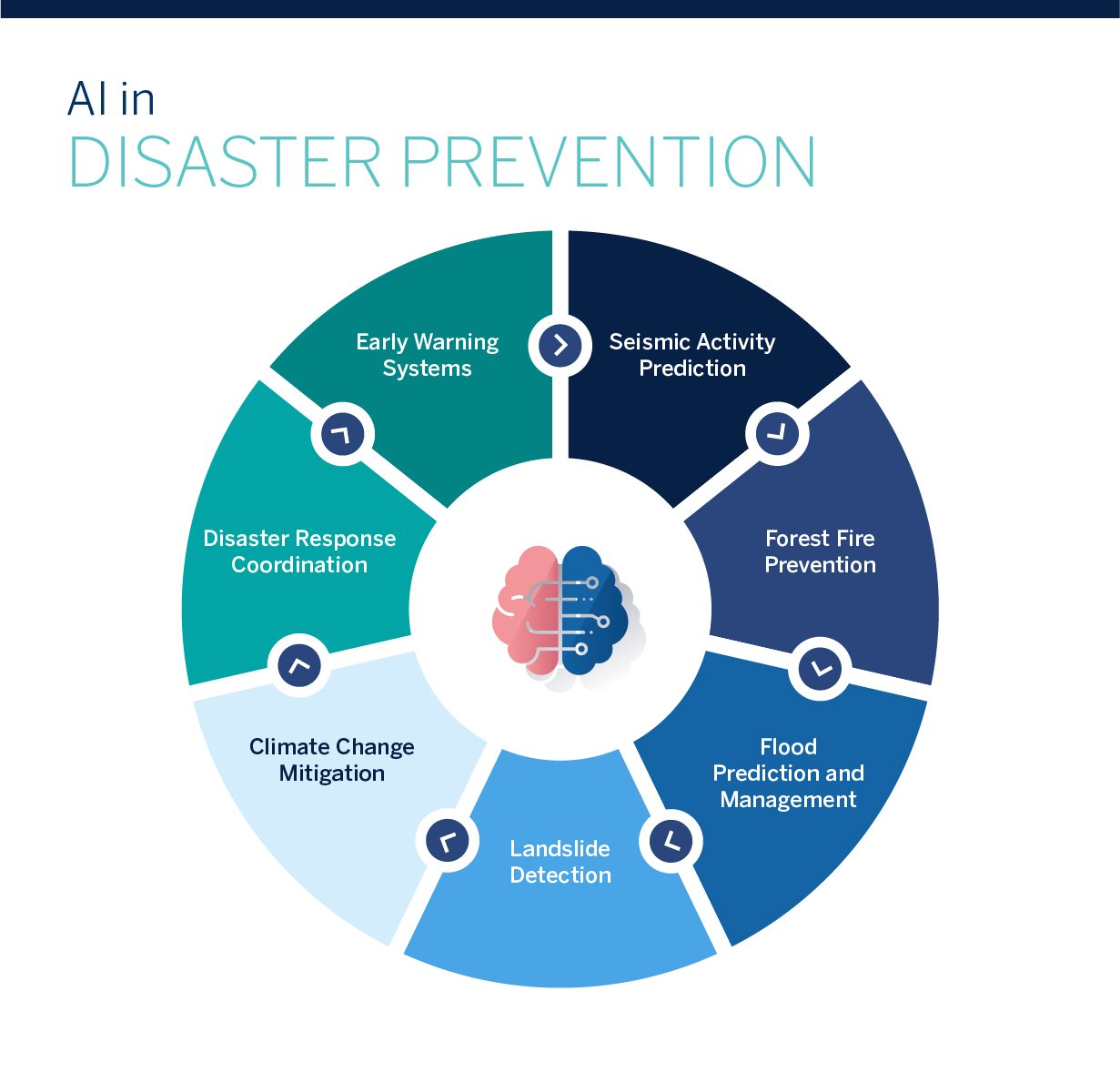In recent years, the conversation around artificial intelligence (AI) has expanded beyond the confines of science fiction and tech labs, touching on various aspects of our daily lives, including disaster management. The question at hand is whether AI can be a game-changer in predicting and managing natural disasters effectively.
The short answer is yes. AI has shown significant potential in making our responses to natural disasters faster, more accurate, and, crucially, saving lives.
Understanding the Role of AI in Disaster Management
AI refers to machines or computer systems that mimic human intelligence to perform tasks and can iteratively improve themselves based on the information they collect. In the context of natural disasters, AI technologies can process vast amounts of data quickly, predict events with high accuracy, and help in efficient disaster response and recovery.
Prediction: The First Step in Disaster Management
One of the most promising aspects of AI in disaster management is its predictive capability. By analyzing data from various sources, including satellite images, weather stations, and historical disaster records, AI algorithms can predict natural disasters like earthquakes, floods, and hurricanes with impressive accuracy. For instance, AI can analyze the slight changes in the Earth’s crust to predict earthquakes or use weather patterns to forecast hurricanes.
This predictive power gives communities more time to prepare and potentially reduces the impact of these disasters.
Efficient Response: Saving Lives and Resources
After a disaster strikes, the first few hours are crucial for saving lives. AI can play a pivotal role by quickly analyzing the extent of damage through satellite images and directing emergency services to the most affected areas. AI-powered drones can assess hard-to-reach places, providing real-time information to rescue teams. Moreover, AI can manage logistics, ensuring the efficient distribution of aid, from food and water to medical supplies, to those in need.
Recovery and Planning: Building a Resilient Future
The role of AI extends beyond immediate disaster response. It is also crucial in recovery and future planning efforts. By analyzing data from past disasters, AI can identify patterns and vulnerabilities in infrastructure, suggesting improvements to withstand future events. This insight is invaluable in making communities more resilient, not just rebuilding what was lost but ensuring it is stronger and better prepared for the next challenge.
Challenges and Ethical Considerations
Despite its potential, integrating AI into disaster management is not without challenges. The accuracy of AI predictions relies heavily on the quality and quantity of data, which might not be available or accessible in all regions. Moreover, there are ethical considerations around privacy and data security, especially when dealing with sensitive information during disasters.
The Road Ahead
AI represents a frontier in how we approach natural disasters, offering tools that could significantly reduce their impact on human lives and property. As technology advances, the integration of AI in disaster management will likely become more sophisticated, offering even greater predictive power and operational efficiency. However, it is crucial to address the challenges and ethical considerations to fully harness AI’s potential in making our world safer.
conclusion
AI has the potential to transform how we predict, respond to, and recover from natural disasters. By harnessing the power of AI, we can move towards a future where the devastating impact of natural disasters is significantly mitigated, saving lives and resources. The journey is complex and requires collaboration across governments, technology companies, and communities, but the destination—a safer, more resilient world—is undoubtedly worth the effort.
